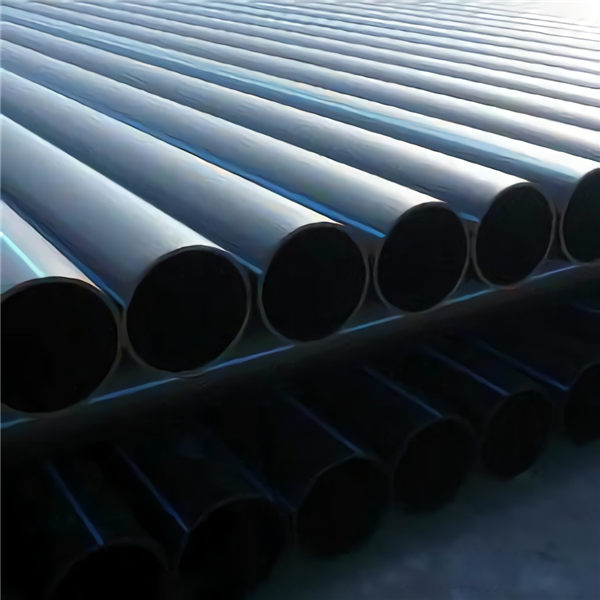Aug . 22, 2024 01:15 Back to list
Exploring the Benefits of PP Sandwich Panels for Modern Construction Applications
Understanding PP Sandwich Sheets A Versatile Material for Modern Applications
PP sandwich sheets, composed primarily of polypropylene (PP), have emerged as a popular choice in various industries due to their unique properties and versatility. These sheets are characterized by their lightweight structure, excellent durability, and resistance to moisture and chemicals. They are essentially made up of two outer layers and a core, often designed in a honeycomb structure, which gives them exceptional strength while keeping the weight to a minimum.
Composition and Structure
The composition of PP sandwich sheets involves a combination of polypropylene thermoplastic that undergoes a specific manufacturing process to create a robust yet lightweight material. The two outer layers are usually solid sheets of PP, while the interior consists of a core that can be created in various configurations, including honeycomb or foam structures. This configuration maximizes strength and insulation while minimizing weight, making them suitable for applications where robustness and efficiency are required.
Properties and Benefits
One of the standout properties of PP sandwich sheets is their exceptional strength-to-weight ratio. This makes them an excellent choice for applications in the automotive, construction, and packaging industries, where reducing weight without compromising structural integrity is essential. Additionally, PP materials exhibit high resistance to impact, chemicals, and UV radiation, which extends the lifespan of products manufactured from these sheets.
Another notable advantage is their moisture resistance. Unlike wood or other traditional materials, PP sandwich sheets do not absorb water, making them ideal for environments where exposure to moisture is a concern. This also means that they are less likely to warp or degrade over time, making them a reliable choice for long-term applications.
Applications
pp sandwich sheet

The versatility of PP sandwich sheets is evident in their wide range of applications. In the automotive industry, they are often used in interior components, dashboards, and lightweight structural parts. Their lightweight nature contributes to better fuel efficiency, which is an increasingly important factor in vehicle design.
In the construction sector, PP sandwich sheets are increasingly favored for facade panels, interior wall partitions, and roofs. Their insulation properties can enhance energy efficiency in buildings, while their aesthetic appeal can elevate the design of commercial and residential structures.
Moreover, the packaging industry has found significant applications for PP sandwich sheets. Their lightweight and durable characteristics make them ideal for creating protective packaging solutions that can withstand various handling processes while keeping the packaged goods secure.
Environmental Considerations
As sustainability becomes a crucial concern in modern manufacturing, the eco-friendly characteristics of PP sandwich sheets are worth noting. Polypropylene is recyclable and can be repurposed, reducing the environmental impact associated with plastic waste. Moreover, the efficiency and longevity of products made from PP sheets contribute to less frequent replacements and reduced material consumption over time.
Conclusion
In conclusion, PP sandwich sheets represent a remarkable innovation in material science, offering a combination of strength, lightweight properties, moisture resistance, and versatility. Their applications spread across various industries, from automotive to construction and packaging, showcasing their ability to meet modern demands for durability and efficiency. As recycling technologies improve and the push for sustainable practices continues, the future of PP sandwich sheets looks promising, paving the way for smarter and more sustainable production methodologies.
-
High-Quality PPR Pipes and Fittings Durable ERA PPR & PVC PPR Solutions
NewsJul.08,2025
-
Black HDPE Cutting Board - Durable, Non-Porous & Food Safe HDPE Plastic Cutting Board
NewsJul.08,2025
-
High-Quality CPVC Panel Durable HDPE & PVC Panels Supplier
NewsJul.08,2025
-
Double PE Welding Rod Supplier - High Strength, Durable & Versatile Welding Solutions
NewsJul.07,2025
-
High-Quality PVC-O Pipe Supplier Durable 75mm PVC Pipe & Connections Leading PVC Pipe Company
NewsJul.07,2025
-
HDPE Drainage Pipe Supplier – Durable & Corrosion-Resistant Solutions
NewsJul.06,2025

